








On June 23, 2012, part of the roof-top parking deck crashed down into the retail area of the Algo Centre Mall below. Two women, Doloris Perizzolo and Lucie Aylwin, were killed. It took four days to recover their bodies. Several others were injured. The mall was subsequently torn down. A judicial inquiry examined what happened. Police, who are still investigating, have charged a former engineer criminally. Lawsuits are pending against the mall's owner and others.








Canadian Press reporter Colin Perkel covered the inquiry into the collapse of the Algo Centre Mall in Elliot Lake, Ont. on June 23, 2012. Phase 1 of the inquiry looked at events leading up to the collapse. Phase 2 looked at the aftermath of the collapse, specifically the emergency response.
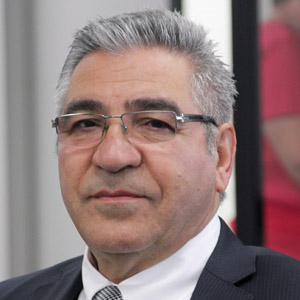
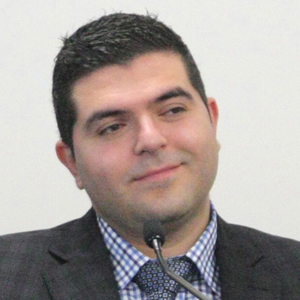
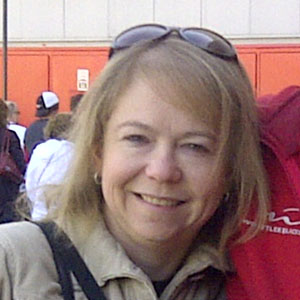

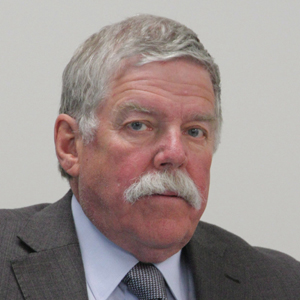
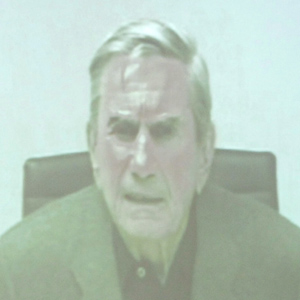
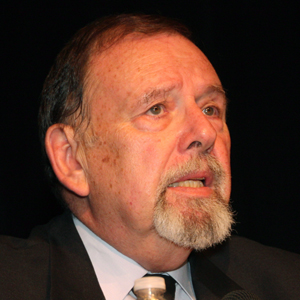
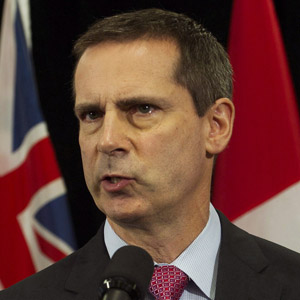
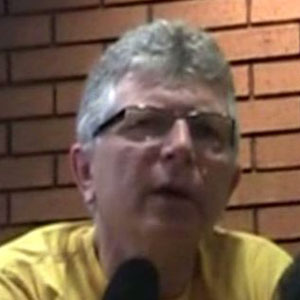

69
An Armenian-Iranian who came to Canada in 1971 and made millions buying and selling apartments and other properties in Montreal and southern Ontario. He bought the Algo Centre Mall "as is" for $6.2 million in 2005, claiming he had no idea of its history of leaks. He insisted he tried to fix the roof but was unable to raise money to make proper repairs.
"The Algo Mall was a black hole. No matter how much money you put in ... that mall was doomed. Simply, I would not put my life in it. I worked 42 years to gather some fund for my family. I'm not going to put everything in this building."
— Bob Nazarian

30
Son of Bob Nazarian, acted as real-estate agent for his father in a series of unsuccessful efforts to sell the mall. He admitted to making mistakes, such as when he produced a sales brochure that painted the building in overly positive terms, but denies his intent was to mislead anyone.
"We're not the bad guys here. We've tried our best to make this mall viable but unfortunately, in my opinion, it was a white elephant."
— Levon Nazarian

37
An employment centre consultant with College Boreal, worked one day a month at a lottery kiosk at the Algo Centre Mall. She was in the kiosk when part of the roof-top parking deck crashed down. Her body was pulled from the rubble four days after the collapse. She was engaged to Gary Gendron.
"She's going to be in my heart for the rest of my life. I was supposed to be with her for the rest of my life."
— Gary Gendron

74
Described by those who knew her as a "neighbourhood mom," was in the mall when its roof caved in. Her body was pulled from the rubble four days later. A widow, she was survived by three daughters and two grandsons.
"They basically said it was over and the only way to get my mother's body out was to demolish the mall."
— Teresa Perizzolo

65
Discredited structural engineer, declared the Algo Centre Mall to be structurally sound just weeks before it collapsed. He insisted he visually inspected the building and saw no signs of severe corrosion. Admitted to altering the report at the mall owner's request to minimize signs of damage.
"We would consider the members still structurally sound. It is our opinion that the observed rusting at this time has not detrimentally changed the load-carrying capacities of the structure."
— Robert (Bob) Wood in a report

89
Architect, designed the Algo Centre Mall, built in 1979. Had never designed a retail facility with the parking on the roof. Said he went along with the idea at the owner's request and had no responsibility for the flawed waterproofing system.
"I'm very uncomfortable with that because there's retail space below. I was concerned because I didn't know anything about it and I didn't know anybody who knew anything about it."
— James Keywan

72
Commissioner of the Elliot Lake inquiry, former Ontario court regional senior justice, deputy judge of the Tax Court of Canada. Appointed in July 2012 to preside over the inquiry into the collapse of the Algo Centre Mall and the emergency response to the tragedy.
"Punishment or penalty may follow but not as part of the public inquiry itself. This distinction can be frustrating for members of the public who want to see the perceived wrongdoers penalized."
— Commissioner Paul Belanger

Premier of Ontario at the time of the mall collapse, convened a telephone conference with emergency responders to discuss resumption of the rescue effort, which did occur.
McGuinty later called a public inquiry into the tragedy. He was the final witness of the hearing phase of the inquiry.
"When you volunteer to participate as part of an emergency team, you never want to leave anybody behind. Every cell in your body screams for you to keep going."
— Dalton McGuinty

Bill Neadles, of the Toronto-based Heavy Urban Search and Rescue Team, headed up the rescue and recovery effort after the mall collapse. Said crews were facing the imminent threat of a secondary collapse within a fragile structure when he called off the search for survivors.
"That you thought we would just kind of pack up and go home, that was devastating. We'd stay here for another four or five weeks if we had to."
— Bill Neadles